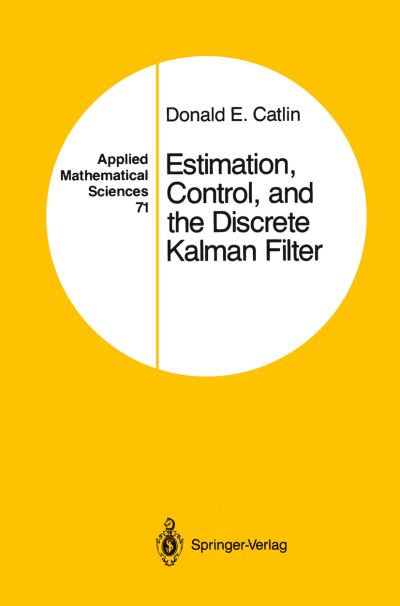
In 1960, R. E. Kalman published his celebrated paper on recursive min- imum variance estimation in dynamical systems [14]. This paper, which introduced an algorithm that has since been known as the discrete Kalman filter, produced a virtual revolution in the field of systems engineering. Today, Kalman filters are used in such diverse areas as navigation, guid- ance, oil drilling, water and air quality, and geodetic surveys. In addition, Kalman's work led to a multitude of books and papers on minimum vari- ance estimation in dynamical systems, including one by Kalman and Bucy on continuous time systems [15]. Most of this work was done outside of the mathematics and statistics communities and, in the spirit of true academic parochialism, was, with a few notable exceptions, ignored by them. This text is my effort toward closing that chasm. For mathematics students, the Kalman filtering theorem is a beautiful illustration of functional analysis in action; Hilbert spaces being used to solve an extremely important problem in applied mathematics. For statistics students, the Kalman filter is a vivid example of Bayesian statistics in action. The present text grew out of a series of graduate courses given by me in the past decade. Most of these courses were given at the University of Mas- sachusetts at Amherst.
| ISBN: | 9781461288640 |
| Publication date: | 26th September 2011 |
| Author: | Donald E Catlin |
| Publisher: | Springer an imprint of Springer New York |
| Format: | Paperback |
| Pagination: | 276 pages |
| Series: | Applied Mathematical Sciences |
| Genres: |
Automatic control engineering Cybernetics and systems theory Probability and statistics Optimization Maths for engineers |